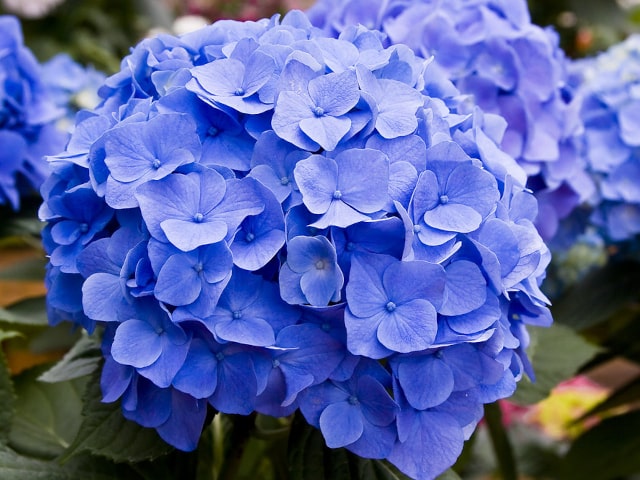
Blue is one of the favorite color many plant growers wish to have in their garden. One of the plants ideal for providing beautiful blue colors for your garden is Hydrangea. There is one species of hydrangea which can be coaxed to bloom a true blue or, if desired, a pure pink. This plant is Hydrangea macroplylla, also known as the bigleafed hydrangea.
This species is marginally stem hardy in climate zone 4, so its ability to bloom on new wood allows it to flower in many different climates, even if the plant dies to the ground and has to be re-grown from the base.
What Determines the Color?
What makes this plant bloom in true blue, true pink or any shade in between? The main factor is soil pH. It influences the pH values in the plant cells. The important part of the plant cells for pH and color are large, watery vacuoles found within the bract cells (this is the colorful portion around the small true flowers that look like petals). The pH level in vacuoles influences the configuration as well as how the light reflects to our eyes from the pigment called anthocyanin. This is a plant pigment that can vary in color between blue and pink. It can even appear cream or colorless in the transition between blue and pink colors.
Also, the color of the tissue will depend of the pH levels of the cellular fluid and other factors, such as presence of metal ions such as aluminum. There are many different anthocyanins and they all have the common core chemical structure. They are distinguished by placement of side chains and sugars connected to this core structure. Different anthocyanins have a bit different properties and color ranges. This is how different plant species or even different cultivars can have different types of anthocyanins as well as different relative concentrations. Generally speaking, anthocyanins appear more on the blue end when the cellular pH is more alkaline and higher in number. They appear more pink when the cellular pH is more acidic or lower.
How to Make the Plant Bloom in a Desired Color
However, these are not the only mechanisms determining the color of the flowers. It's interesting to know that the pH within the vacuoles of petal cells moves to the opposite direction of the pH found in the soil. It means that, in order to raise the pH within the vacuoles of bract cells and make your hydrangeas turn blue, you should actually lower the pH of the soil around the plants (vice versa if you want the flowers to be pink).
Photo credit: liz west
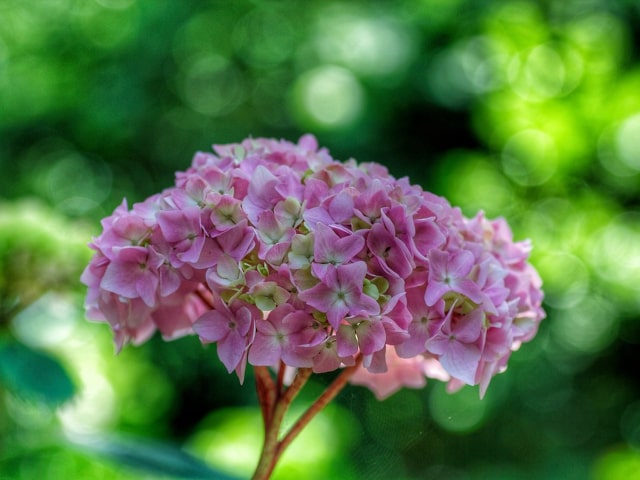
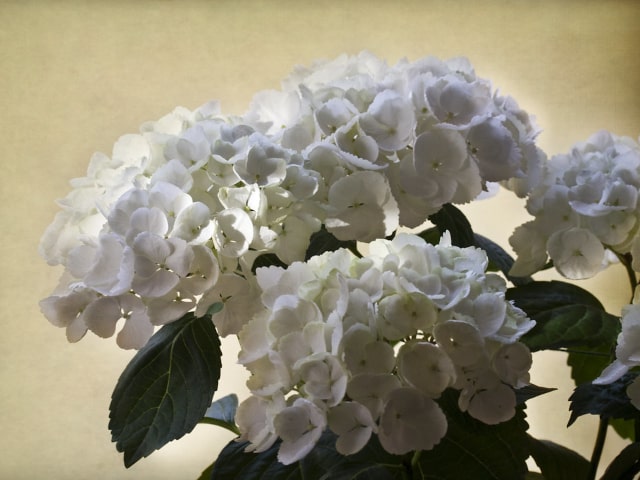
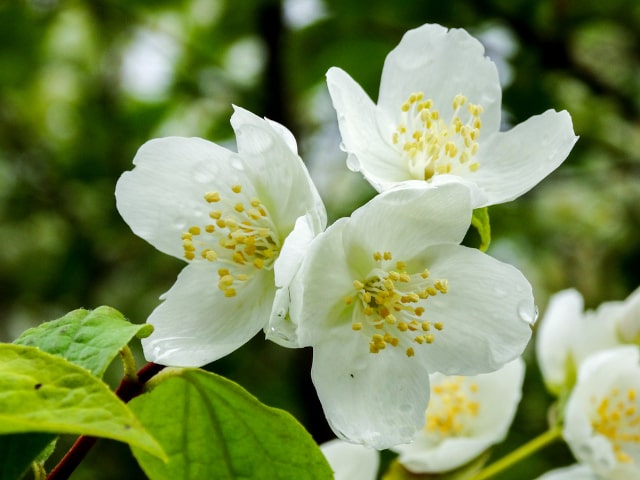
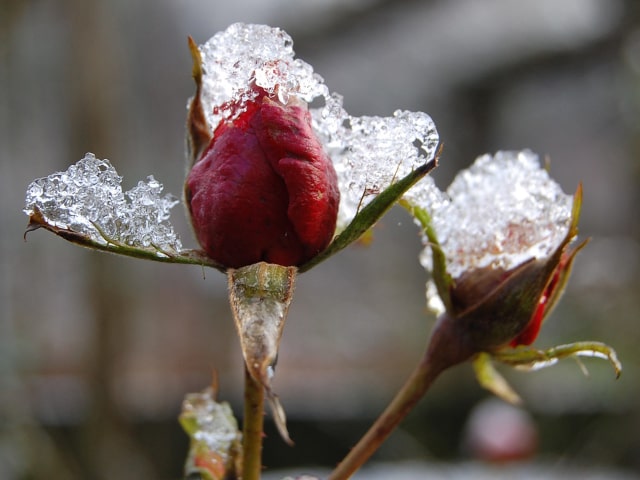
0 Comments